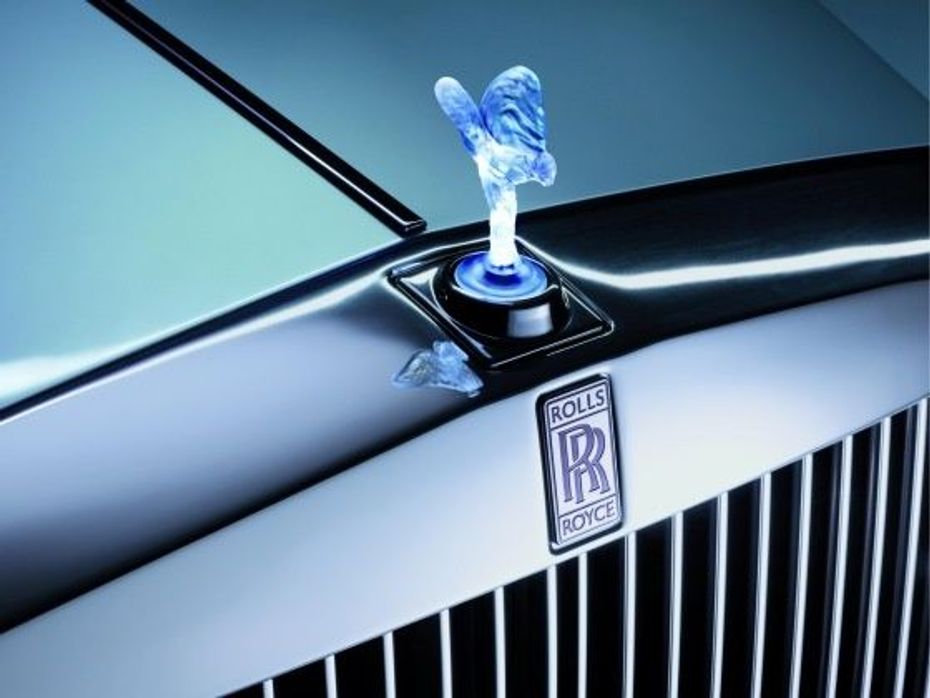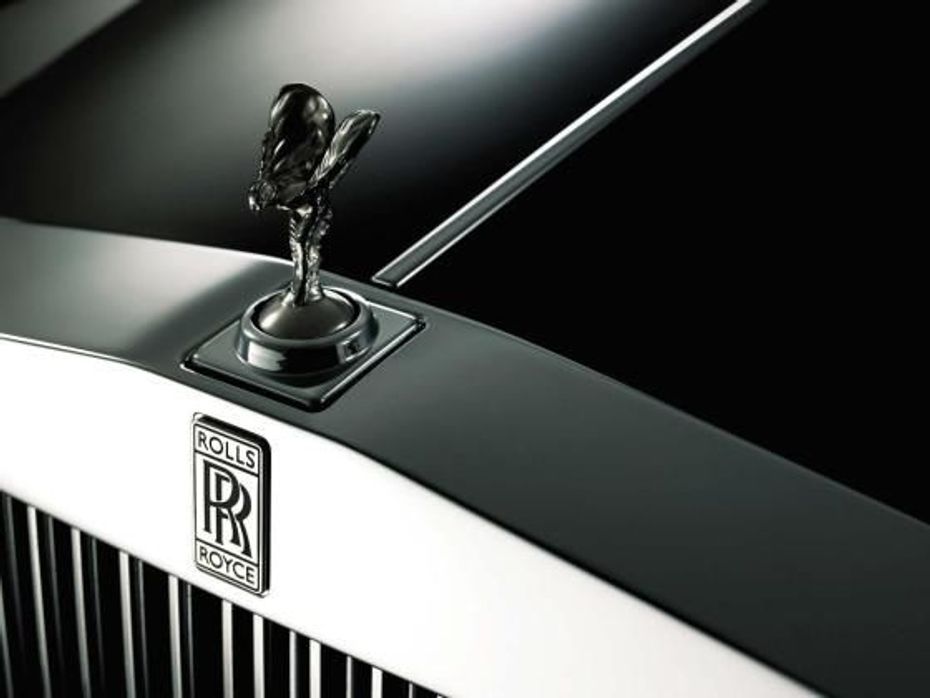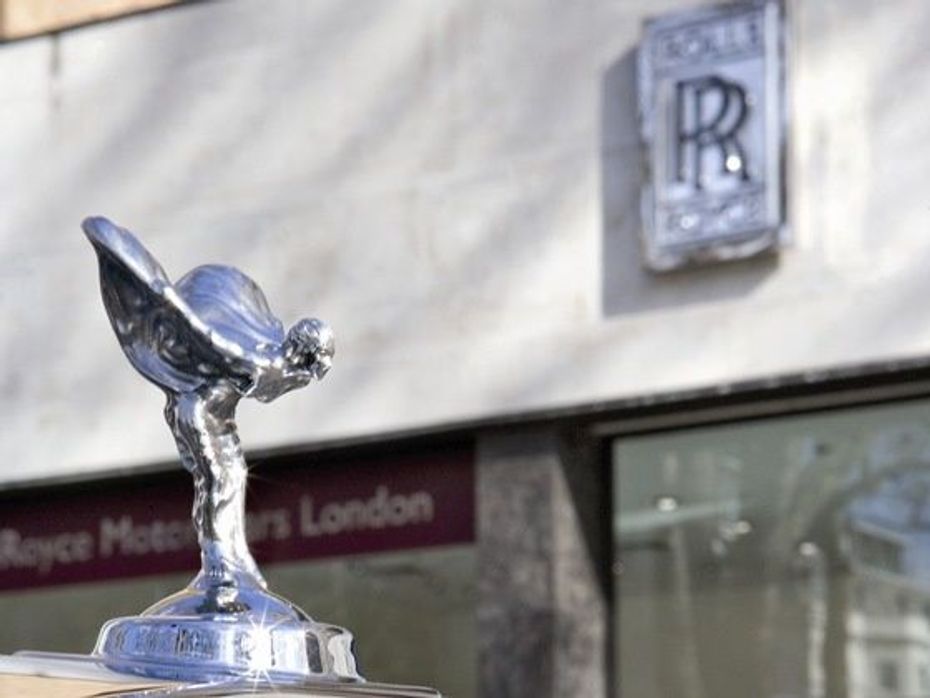
Maruti Suzuki Rock N Road: Redefining the SUV Experience
- Mar 16, 2024
- Views : 67156


Designed by Charles Robinson Sykes, the Spirit of Ecstasy is said to carry a tale of a secret romance between John Walter Edward Douglas Scott Montagu, the Second Lord Montagu of Beaulieu and Eleanor Velasco Thorton, who was his secretary. Montagu himself was a pioneer of the automobile movement and even served as the editor of The Car Illustrated magazine from 1902. As was the trend back in the day to design personalized mascots for vehicles, Montagu commissioned Sykes to sculpt a mascot for his Rolls-Royce using Eleanor Thorton as inspiration for the design. This mascot was known as the Whisperer for it had a female figurine in her fluttering robes pressing a finger to her lips.
Meanwhile, Rolls-Royce was having their fair share of trouble. By 1910, a personalized mascot on top of the radiator grille on Rolls-Royce cars was almost a fashion statement and some designs were rather inappropriate and did not suit the brand image. At this time, Claude Johnson, the then Managing Director of Rolls-Royce Motor Cars, was asked to commission a company mascot; something that would be suitable for cars of such repute.
Johnson ended up approaching Charles Robinson Sykes to commission this new design. His brief to Sykes was to create a mascot that encapsulated the spirit of Rolls-Royce, namely speed, silence, mysteriousness and the harnessing of a great energy of that of a living beautiful organism. It was to be ultimately graceful and represent the company in every way. This new mascot would adorn all future Rolls-Royce cars. In lieu of this, Johnson told Sykes to draw inspiration from the Goddess Nike, however Sykes still had Eleanor Thorton on his mind as he felt a more feminine touch was necessary.

Sykes decided to modify the mascot created for Montagu into a version that was called the Spirit of Speed. When asked to elaborate on the mascot's philosophy, Sykes said, "It is like a little goddess, The Spirit of Ecstasy, who has selected road travel as her supreme delight and alighted on the prow of a Rolls-Royce motor car to revel in the freshness of the air and the musical sound of her fluttering draperies". This mascot was presented to Rolls-Royce in February 1911, exactly 100 years ago! Each mascot until 1951 bore the signature of Sykes and the date, "Feb. 6. 1911" on the plinth. This was even after Rolls-Royce took over production of the mascot.
Incidentally the mascot was not well received by all. Some critics called it "Ellie in her Nightie" which was suggestive of Eleanor's influence on Sykes' design. Even Henry Royce, co-founder of the company, who happened to be ill at the time of the commissioning of the mascot, didn't like the Spirit of Ecstasy. It is said that he regularly complained on how it hampered with the driver's view and that the figurine did nothing to enhance the aesthetics of the cars. Nevertheless, the Spirit of Ecstasy became a reality. Until 1914 all the mascots were silver plated, however the company switched over to nickel or chrome alloy in order to dissuade theft, but customers had the option to order the mascot in Gold or Silver plating.
The Spirit of Ecstasy is a timeless piece of motoring history and though its design seems largely unchanged, the fact of the matter is that it has been through eleven main variations in its life. As Rolls-Royce lowered the height of the coachwork, the mascot size had to be reduced and this resulted in several alterations in the original design. Further to this, Rolls-Royce got into making sports saloons in the 1930s and once again Sykes was commissioned to make a lower version for these vehicles. A kneeling lady mascot which was devised and made its debut in January of 1934, however after a short run it was discontinued and replaced by a smaller mascot based on the original design. For the American market, the Flying Lady was modified to bow a little farther in order to protect the bonnet from damage while being opened or closed.

100 years down the line and the mascot remains largely the same. The original molds were worn and some detail of the figurine was lost. Thanks to modern day technology, the design was recreated using photographs of Thorton herself and some computer wizardry in order to return the detail to the Spirit of Ecstasy.
The latest model stands 3 inches tall and is mounted on an electronically controlled spring loading mechanism that retracts into the radiator shell at the touch of a button in order to prevent theft. Should the owner leave the mascot out, it is still safe for the mechanism has been designed to instantly retract if the mascot experiences any tugging or is struck hard. Made of highly polished stainless steel, customers can order the mascot in sterling silver or 24 carat gold for an added fee that is!
The Spirit of Ecstasy has stood through the test of time and is the most iconic car mascot. Just like the Rolls-Royce brand, the Spirit of Ecstasy too is a legend in its own right.

Maruti Suzuki Rock N Road: Redefining the SUV Experience

Bosch Car Service: Your Trusted One-stop Destination for Car...

3 New Major Design Details Mahindra XUV 3XO Will Pack Over...

You Can Now Name Skoda India’s Upcoming Sub-4 Metre SUV

Tata Curvv: A Much Clearer Look At Its Interior Ahead Of Its Unveiling

This Tata Car Has Been Announced As The Official Car For IPL 2024

Ford Endeavour And Ranger India Launch Possible WITHOUT Expensive...

Skoda India Announces Future Plans, Tata Nexon Sub-4 Metre SUV Rival...

Citroen Basalt vs Tata Curvv: Exterior Design Compared

10 New Features Expected In The Upcoming 2024 Mahindra XUV 3XO...
India's largest automotive community